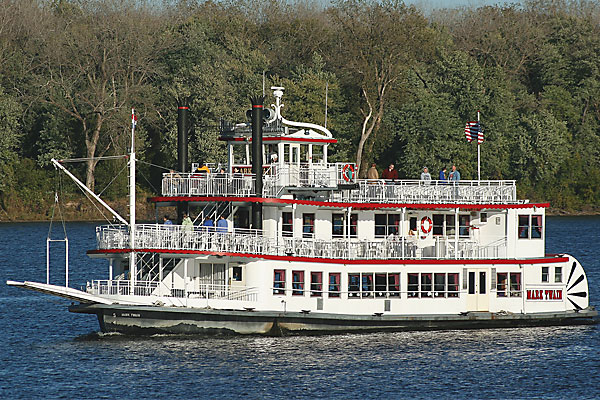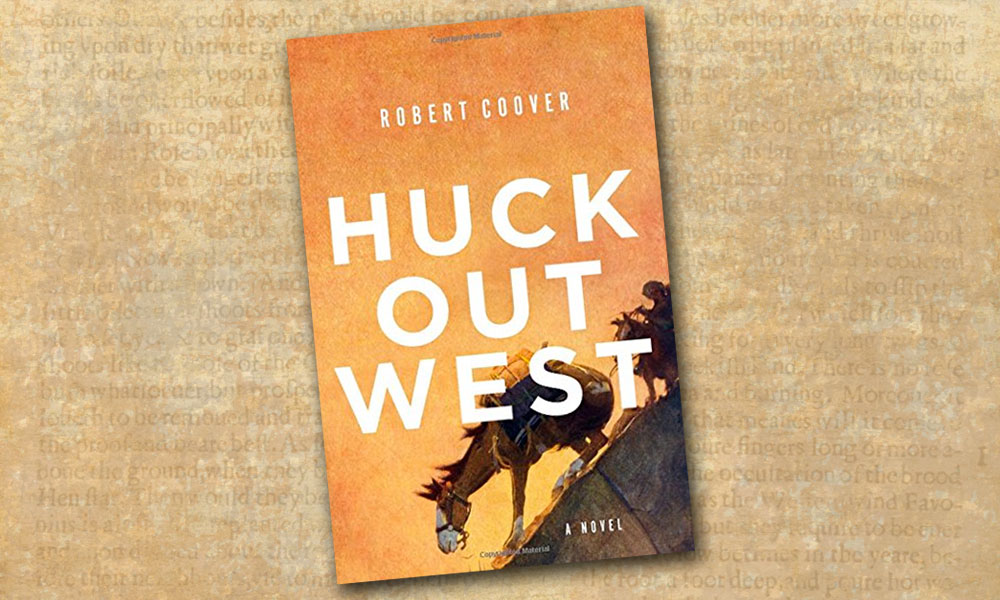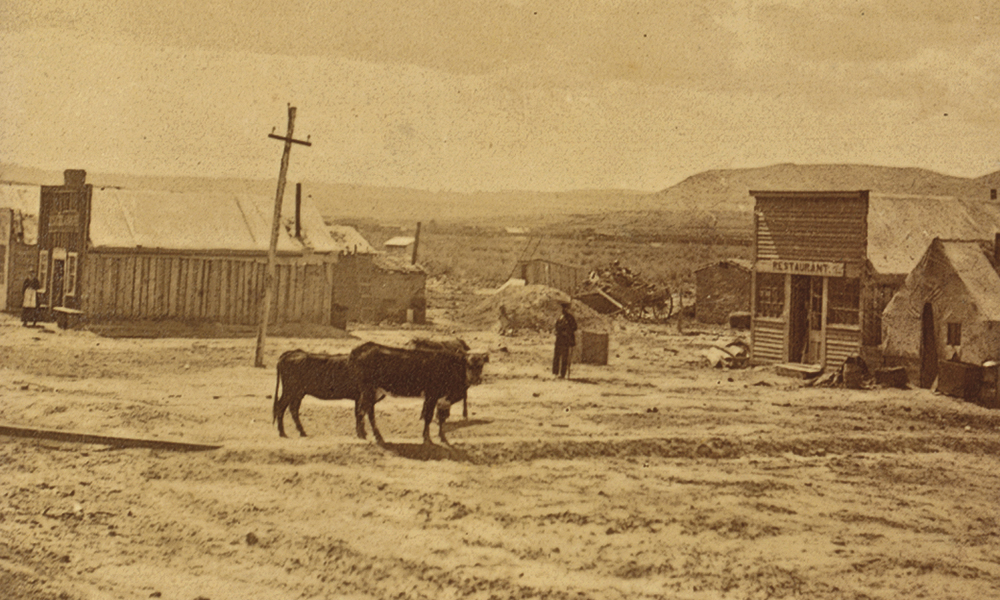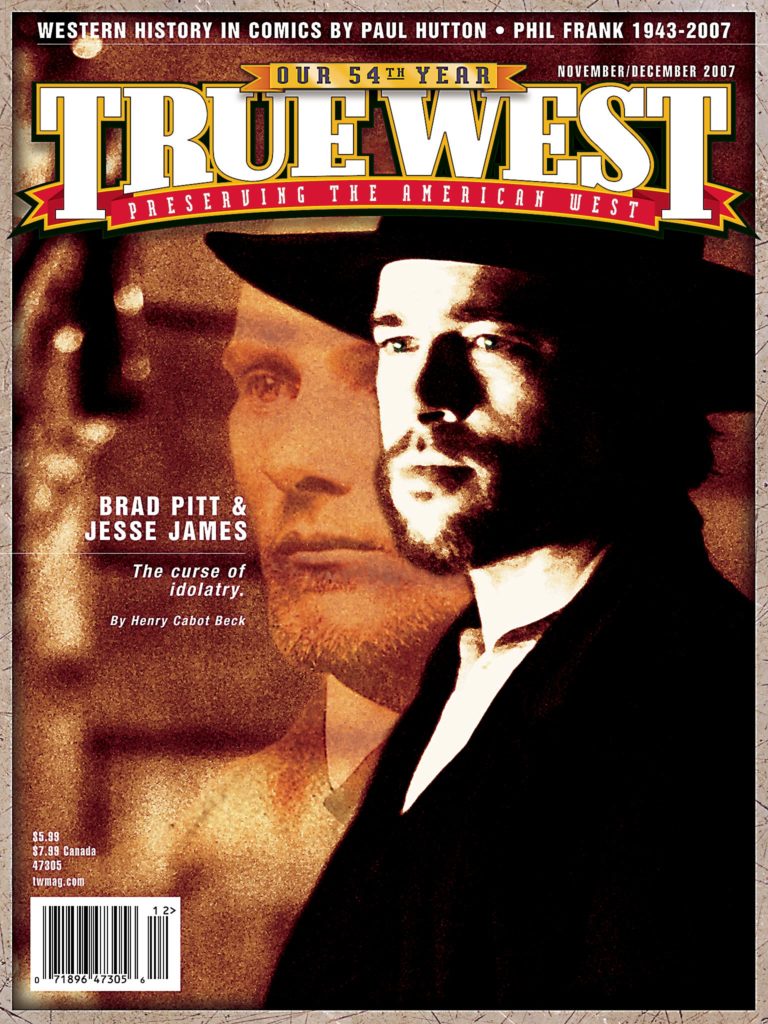 By jingo, does everybody in Hannibal, Missouri, think he’s Mark Twain—the driver on the tour bus, the guide at the Mark Twain Cave, even Mark Twain Himself?
By jingo, does everybody in Hannibal, Missouri, think he’s Mark Twain—the driver on the tour bus, the guide at the Mark Twain Cave, even Mark Twain Himself?
You know Twain, the Homer of our country, America’s foremost writer, humorist, lecturer, storyteller, cigar-smoker, lover of Scotch, Confederate Army deserter, newspaper scribe, riverboat pilot and the fellow who helped open the West—sort of—when his classic Roughing It was first published in 1872.
Twain, a.k.a. Samuel Langhorne Clemens, was born November 30, 1835, in Florida, Missouri—home of the Mark Twain Birthplace State Historic Site—but he moved to this charming Mississippi River town when he turned age four. Hannibal served as the inspiration for St. Petersburg, home to Twain’s best-loved characters, Huckleberry Finn and Tom Sawyer.
Fact is, I’m having lunch with Tom and his sweetheart Becky Thatcher at the Jumping Frog Cafe.
For more than 50 years, seventh-graders at all Hannibal middle schools have been auditioning to become Tom and Becky for a year—roles a little more important than being chosen Homecoming king and queen. Indeed, Tom and Becky are Hannibal’s ambassadors, and Lainy Harrison (Becky) and Austin Carter (Tom) are great ambassadors—“a couple of the hardest-working kids we have in town,” the city brass informs me.
Another hardworking ambassador is Richard Garey. The Virginia-born actor performs his one-man show, Mark Twain Himself, at the historic Planters Barn Theater just down the street from the Mark Twain Boyhood Home and Museum. It’s certainly a one-man show when I enter the theater; there’s Mr. Clemens himself—I mean, Mr. Garey—taking tickets. “My help called in sick tonight,” he says.
If you haven’t already guessed, Hannibal remains devoted to Mark Twain. Visitors see more than an excellent stage performance and a couple of charming middle-schoolers absorbed in their roles (Tom even carries the spectacles he swiped from Aunt Polly). History lovers shouldn’t miss the Mark Twain Boyhood Home and Museum complex. The Mark Twain Cave Complex is also worth exploring (with a guide, who, of course, spouts Twain witticisms and tells stories about Tom, Becky and Injun Joe). Then take a load off your feet and ride the Mark Twain Mississippi Riverboat, which offers one-hour sightseeing cruises and a two-hour evening dinner cruise.
It’s tough to leave Hannibal and all those Twain wannabes, but the Mississippi River is calling, so I’ll wander along state Highway 79, remembering Life on the Mississippi, as I meander toward St. Louis, where Twain worked as a newspaper printer.
Spirit of St. Louis
“The first time I ever saw St. Louis, I could have bought it for six million dollars,” Twain wrote, “and it was the mistake of my life that I did not do it.”
If he had, Twain could have owned the Museum of Westward Expansion on Fourth Street. It’s not just Lewis and Clark stuff, either, and its unique location—under the Gateway Arch—probably helps bring in more than history buffs. You can enjoy a conversation with Mark Twain and see a re-creation of the 1800s Mississippi River levee, as you wait your turn for the tram to take you to the top of the arch.
Another riverfront attraction includes the steamboats Tom Sawyer and Becky Thatcher. With Christmas and New Year’s around the corner, you may want to check out the dinner cruise. For year-round fun, take the sightseeing cruise to the 1859 German settlement Kimmswick.
Twain also served as a soldier, enlisting in the Confederate militia in 1861. “I was a soldier two weeks once in the beginning of the war,” he wrote, “and was hunted like a rat the whole time.” So he left the cause and headed west. Not that I blame him.
Southwest of Missouri lies Springfield and nearby Wilson’s Creek National Battlefield, the site of the first major Civil War battle fought west of the Mississippi River. It’s not Twain country, but it does offer some insight into the war in Missouri (which makes it easy to see why Twain left). Yet before you skedaddle out of Missouri, get a historic perspective of Twain’s brief riverboat career, not to mention a belly full of barbecue, by stopping in Kansas City.
Steaming into KC
The Arabia Steamboat Museum chronicles life on the Missouri as superbly as Twain depicted life on the Mississippi. On September 6, 1856, the Arabia hit a snag and sank. Rediscovered and salvaged 132 years later, the Arabia is now one of the West’s best museums. Twain would have loved visiting it. Or not. The museum also shows how dangerous steamboat travel could be, and that might have struck close to home. Twain’s brother, Henry, was killed on June 21, 1858, in a steamboat accident.
I’m still not done with Missouri. When Twain went west, he took the stage. So from Kansas City, it’s up to St. Joseph. After Orion Clemens was appointed secretary to the territorial governor of Nevada, Twain joined his brother on the Overland Trail. “I dreamed all night about Indians, deserts, and silver bars….” he wrote.
Ah, those old stagecoaching days. St. Joseph, of course, was also the jumping-off point of another Western legend that captivated Twain on his journey: the Pony Express. This mail service began in St. Joe on April 3, 1860, and St. Joe’s Pony Express Museum illustrates the story of the short-lived operation with exhibits sure to please kids as well as grown-ups.
Overland Days
Twain’s journey west followed much of the Pony Express Trail. Another grand spot is the circa 1859, stone Pony Express Barn in Marysville, Kansas, now a museum on Eighth Street. Near Fairbury, Nebraska, there’s Rock Creek Station. Twain didn’t make Rock Creek famous; the credit for that goes to James Butler Hickok. In 1861, “Wild Bill” began his gunfighting career, leaving David McCanles dead. Today, the old station is a well-preserved, underrated state historical site.
Let’s rough it across Nebraska through Kearney and North Platte, and into Colorado to, as Twain reports, the “‘Crossing of the South Platte,’ alias ‘Julesburg,’ alias ‘Overland City,’ four hundred and seventy miles from St. Joseph—the strangest, quaintest, funniest frontier town that our untraveled eyes had ever stared at and been astonished with.”
Maybe that was the case in 1861. Today, I doubt if many travelers see more than the Colorado Welcome Center off Interstate 76, where visitors are greeted by that legendary Pony Express rider. Okay, it’s not a real guy, but Brenda Jean Daniher’s life-sized bronze statue, God Speed to the Boy and the Pony, certainly celebrates Twain’s words from Roughing It:
“‘HERE HE COMES!’ Every neck is stretched further, and every eye strained wider. Away across the endless dead level of the prairie a black speck appears against the sky, and it is plain that it moves. Well, I should think so! In a second or two it becomes a horse and rider, rising and falling, rising and falling—sweeping toward us nearer and nearer—growing more and more distinct, more and more sharply defined—nearer and still nearer, and the flutter of the hoofs comes faintly to the ear —another instant a whoop and a hurrah from our upper deck, a wave of the rider’s hand, but no reply, and man and horse burst past our excited faces, and go winging away like a belated fragment of a storm!”
A Man Named Slade
From here, it’s on to Greeley, Loveland, Fort Collins and up to Laramie, stopping, of course, at Virginia Dale just before entering Wyoming. Anyone who has read Roughing It has to pay tribute to a man “feared a great deal more than the Almighty.”
This is Jack Slade country—maybe even more so than Julesburg, where Twain first ran into the legend—“the most bloody, the most dangerous and the most valuable citizen … of the mountains.”
Slade, one of the Overland’s division agents, ran this stagecoach station, established in 1862, naming it after his “wife,” according to legend. Not much of the settlement remains, but the log station is still standing, with tours available by appointment.
From Laramie, you can follow the old Overland Trail—Sweetwater Creek, Independence Rock, Devil’s Gate, Devil’s Gap and South Pass City. Or you can be lazy and scoot along I-80 to Salt Lake City, Utah, and wind across Nevada to Virginia City—the most important stop (next to Hannibal) on any Mark Twain trail.
Comstock Country
This is Mark Twain Country, because Sam Clemens started using his famous pen name while working for the Territorial Enterprise in Virginia City. The circa-1876 building—the newspaper’s third location—now houses the Territorial Enterprise Museum. Two other not-quite-as-famous writers, Alf Doten and Dan DeQuille, also got their start at this paper.
You’ll find driving tours and walking tours and plenty to see in one of the West’s most historic pseudo-ghost towns, with museums honoring everything from hookers (Bullette Red Light Museum) and firefighters (Liberty Engine Company #1 State Fireman Museum) to gamblers (Nevada Gambling Museum) and everything else in the historic Comstock (Way It Was Museum).
Twain spent two years working for the Enterprise, honing his craft and filing stories in his brain for future use, before he moved upward and landed in San Francisco.
In Old San Francisco
Check out the California Historical Society, Wells Fargo Museum and the museum Twain would have loved—Ripley’s Believe It Or Not Museum.
It was in San Francisco where Twain wrote his short story, “The Celebrated Jumping Frog of Calaveras County,” which The Saturday Press of New York published in 1865. Newspapers across the country reprinted the humorous bit, and Twain was on his way to becoming a landmark writer and a national treasure.
In 1866, Twain left San Francisco, landing a gig with The Sacramento Union to cross the Pacific and write about the Sandwich Islands. I’ve tried to get this rag to let me continue chronicling the Mark Twain trail, to send me to Hawaii, to let me follow the Equator or to be a tramp abroad in England, France and the Mediterranean. But my editors won’t splurge for it.
“You’re not Mark Twain,” they tell me.
Johnny D. Boggs’ favorite Mark Twain novels are The Adventures of Tom Sawyer, The Adventures of Huckleberry Finn and Personal Recollections of Joan of Arc.






